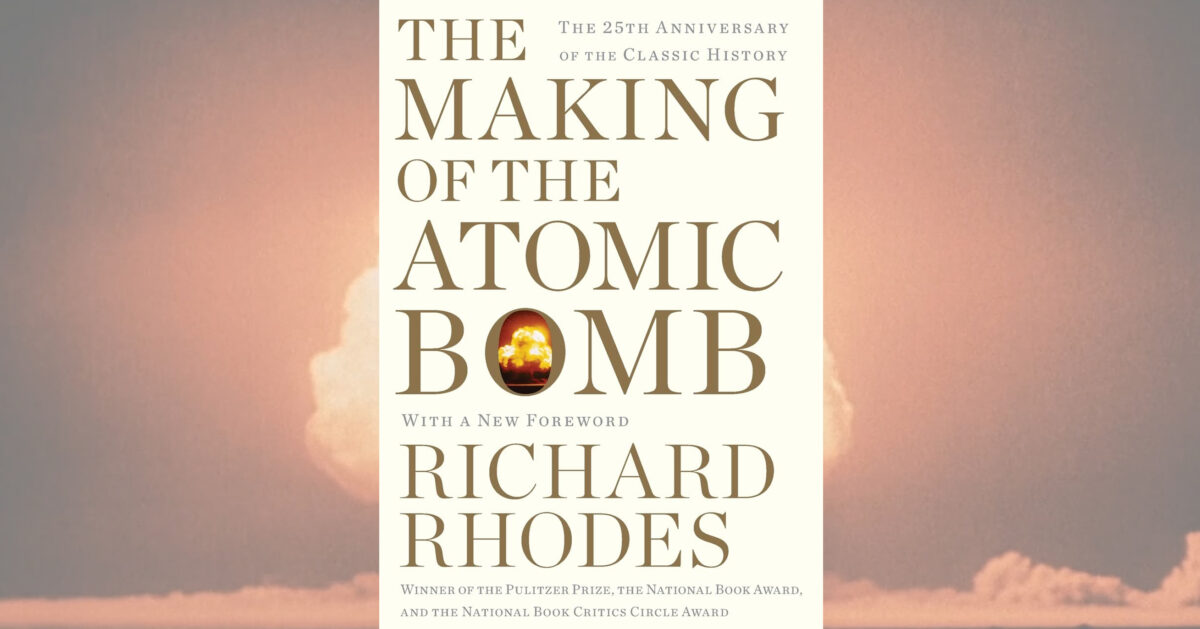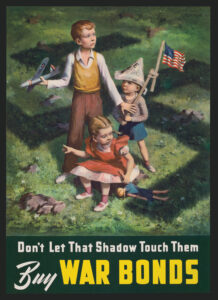The Making of the Atomic Bomb: The 25th Anniversary of the Classic History By Richard Rhodes. 838 pp. Simon & Schuster, 2012 (with new forward by the author). $21.
The great Danish physicist Niels Bohr, writes journalist and historian Richard Rhodes, “liked to dream of great interrelationships.” Rhodes shares that trait. For above all, this book’s unparalleled delving inside the dawn of the nuclear age is a story of connections—between people, their ideas, the arts, literature, political and social movements, and practical and theoretical physics. When it was first published in 1986, it received universal acclaim from reviewers who praised its deft characterizations and sweeping narrative, and garnered both a Pulitzer Prize and a National Book Award. The New York Times noted that Rhodes has an uncanny ability to communicate the essence of theoretical physics in an engaging, comprehensible manner. (Rhodes’s scientific education, by his own admission, began and ended with a “Physics for Poets” course.)
True as that is, Rhodes’s ability to spin the complex web of private and public stories is what sets his masterwork apart. He demonstrates the vital links between three components that ultimately made the Manhattan Project a success: anti-Semitism (and not just the Nazi variety), which sparked vast movements of émigré geniuses to the United States; the intellectual pressure cookers of research institutes worldwide, which sharpened nuclear research from speculation to science; and the vast, costly engineering effort stretching from Tennessee to Washington to New Mexico, which finally put two atomic weapons on Japanese targets.
Inevitably, any 25-year-old history will show a few signs of age as scholarship presses on. Robert S. Norris’s massive Racing for the Bomb (2003) on Manhattan Project manager General Leslie Groves, Barton Bernstein’s many excellent publications, and especially Richard Frank’s Downfall (2001) have taken parts of this epic tale farther than Rhodes was able to. But no one since— probably wisely—has attempted anything on the scale of his riveting, panoramic account.
Originally published in the August 2013 issue of World War II. To subscribe, click here.





